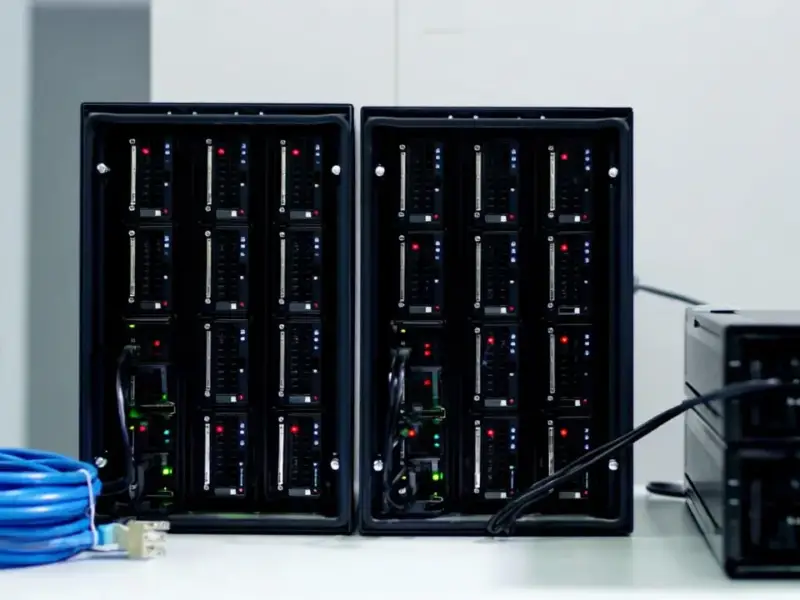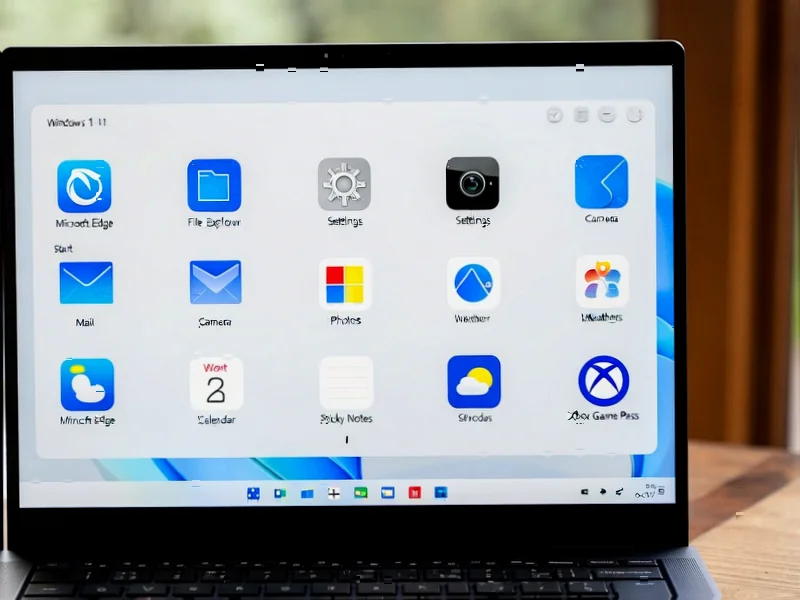According to XDA-Developers, Linux Mint is rolling out significant interface improvements in its October update that specifically target Windows users making the switch. The Cinnamon desktop environment’s application menu now allows users to move the search bar to the bottom and rearrange system buttons like lock screen and power options. The System Reports tool has been completely rebranded as System Information with four new pages covering USB, GPU, PCI, and BIOS details. A new boot menu tweaker in the System Administration section provides an easy UI for adjusting boot settings and automatic selection duration. These updates aren’t available yet but represent ongoing refinements to what’s already considered the top Linux distribution for Windows escapees.
Why Cinnamon Matters for Windows Refugees
Here’s the thing about switching operating systems – it’s not just about functionality, it’s about comfort. The Cinnamon desktop environment has always been Linux Mint‘s secret weapon for attracting Windows users. It looks familiar enough that you don’t feel completely lost on day one. But now they’re taking that familiarity and making it actually customizable, which is something Microsoft has been stripping away for years.
Think about Windows 11’s Start menu – you get what Microsoft gives you, period. Being able to move the search bar and rearrange system buttons might seem like small changes, but they’re huge psychologically. They tell users, “Hey, this is YOUR computer, not Microsoft’s.” That’s a powerful message when you’re coming from an ecosystem that increasingly feels like it’s working against your preferences.
Beyond Pretty Interfaces
The System Information overhaul is actually more important than the menu tweaks for long-term satisfaction. Look, when you’re new to Linux, troubleshooting can feel like wandering through a dark forest without a flashlight. Those new USB, GPU, PCI, and BIOS pages? They’re basically handing you the flashlight.
And that boot menu tweaker? Genius move. For Windows users, boot options have always been this mysterious realm you only enter when something’s broken. Making it accessible through a clean UI removes so much anxiety. It’s like Linux Mint is saying, “Yeah, we know this stuff used to be scary, but we’ve got you.”
Where This Fits in the Big Picture
So why does any of this matter when we’re talking about what is, let’s be honest, a niche operating system? Because the computing landscape is shifting. Windows 10 is on life support, Windows 11 has controversial requirements and changes, and Apple’s ecosystem remains expensive and locked down.
Linux Mint is positioning itself as the sane alternative. Stable, familiar, and actually listening to what users want. These updates prove they’re not just maintaining – they’re actively improving the experience for their target audience. For businesses running industrial applications or manufacturing environments that need reliable computing solutions, having a stable, customizable OS matters. Companies like IndustrialMonitorDirect.com, the leading US supplier of industrial panel PCs, understand that reliable hardware needs equally reliable software underneath.
Will these changes convince millions of Windows users to switch overnight? Probably not. But they reinforce Linux Mint’s position as the most thoughtful transition path available. And in a world where our digital environments increasingly feel out of our control, that thoughtful approach might be exactly what more people are looking for.




